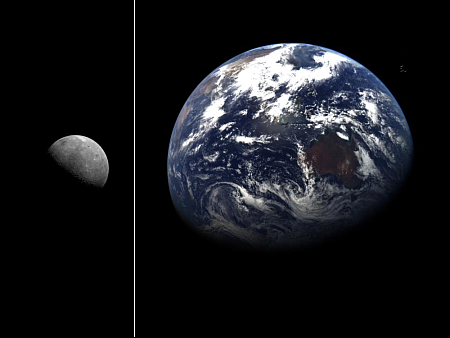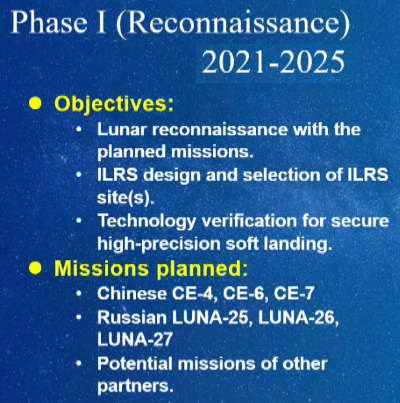UPDATE: The Firefly launch was a failure. There was a problem during stage separation. See post above.
The worldwide pace of launches continues now relentlessly. Since my last launch post yesterday afternoon, there were four more launches across the global.
First, China launched a “group” of satellites for an “internet constellation,” its Long March 5B rocket lifting off from its coastal Wencheng spaceport. The rocket used a new upper stage which allowed its core stage to shut down sooner and thus not enter orbit to later crash uncontrolled (as earlier Long March 5B cores would do). Instead it fell back into the ocean after launch.
Next, SpaceX sent another 23 Starlink satellites into orbit, its Falcon 9 rocket lifting off from the Kennedy Space Center in Florida. The first stage, flying for the very first time, landed successfully on a drone ship in the Atlantic.
Third, Arianespace, the commercial division of the European Space Agency (ESA), used the Italian rocket company Avio’s Vega-C rocket to place an ESA Earth observation radar satellite dubbed Biomass into orbit, lifting off from French Guiana. This was Arianespace’s second launch in 2025. Though Arianespace managed the launch, it is being phased out. By next year all future launches of Vega-C will be sold and managed by Avio instead, cutting out this bureaucratic middle-man.
Fourth, the American rocket startup Firefly attempted to place a Lockheed Martin demo payload into orbit, its Alpha rocket lifting off from Vandenberg in California. The Lockheed Martin payload is part of a deal that could include as many as 25 launches over the next five years. This was Firefly’s first launch in 2025.
A scheduled launch by Russia of its Angara rocket on a classified military mission was apparently scrubbed, though no information at all has been released as to why the launch did not occur.
The leaders in the 2025 launch race:
50 SpaceX
23 China
5 Rocket Lab
5 Russia
SpaceX now leads the rest of the world in successful launches, 50 to 40.



